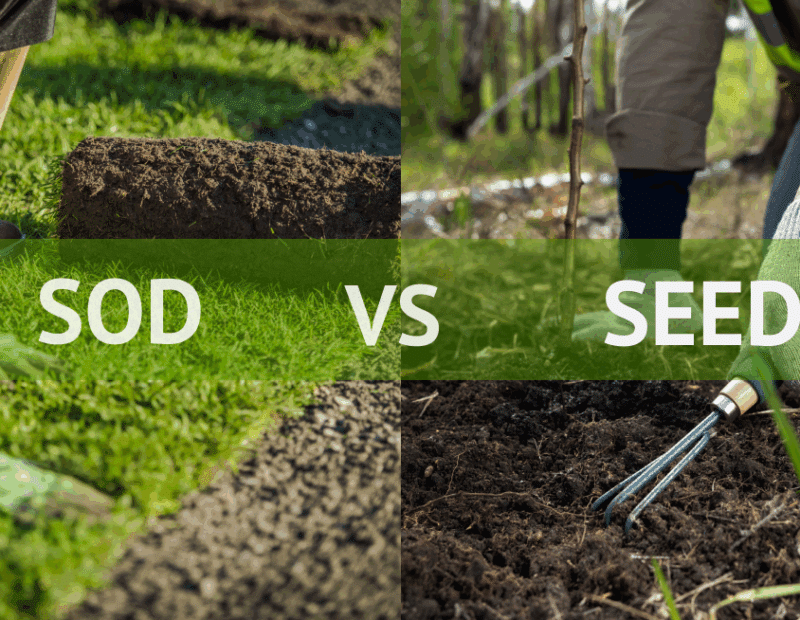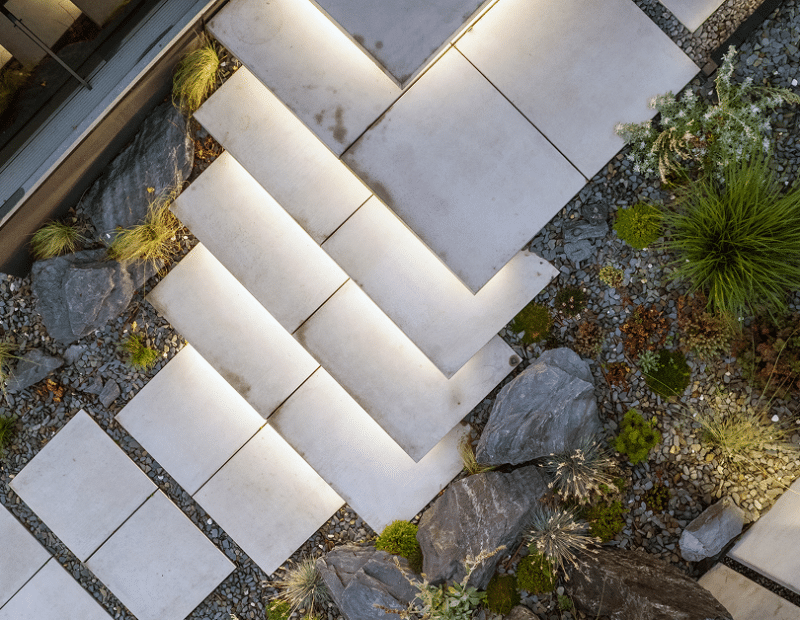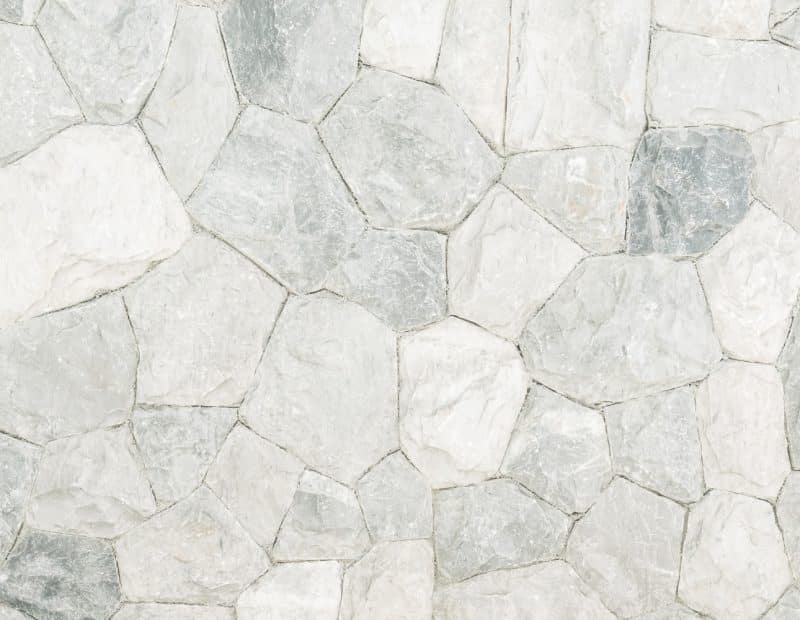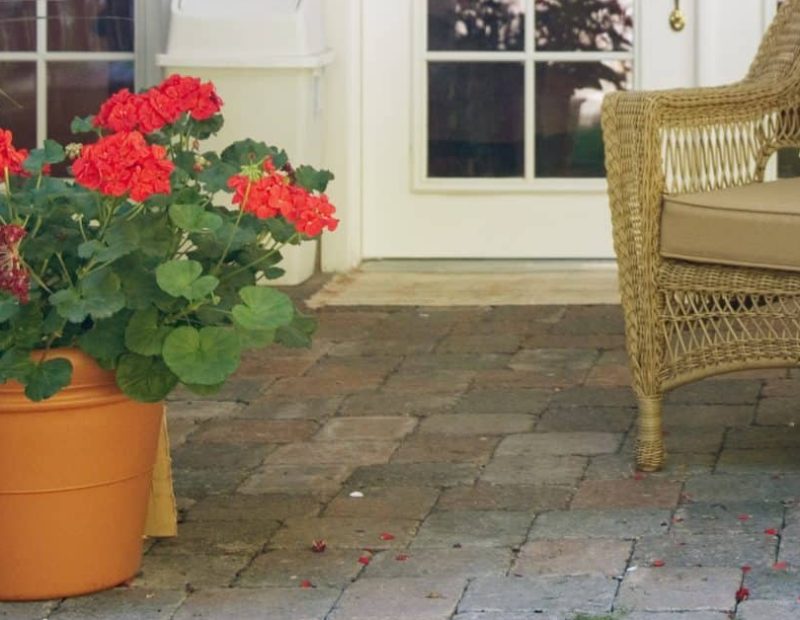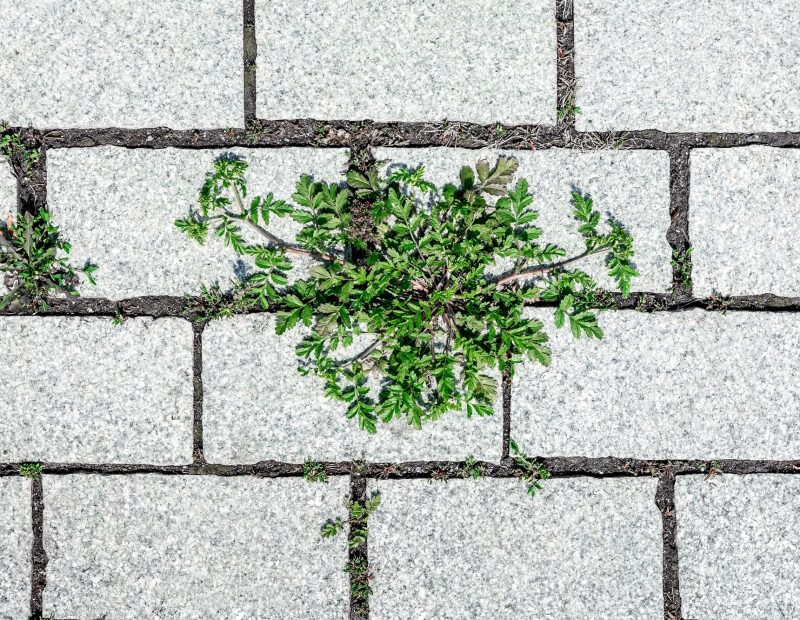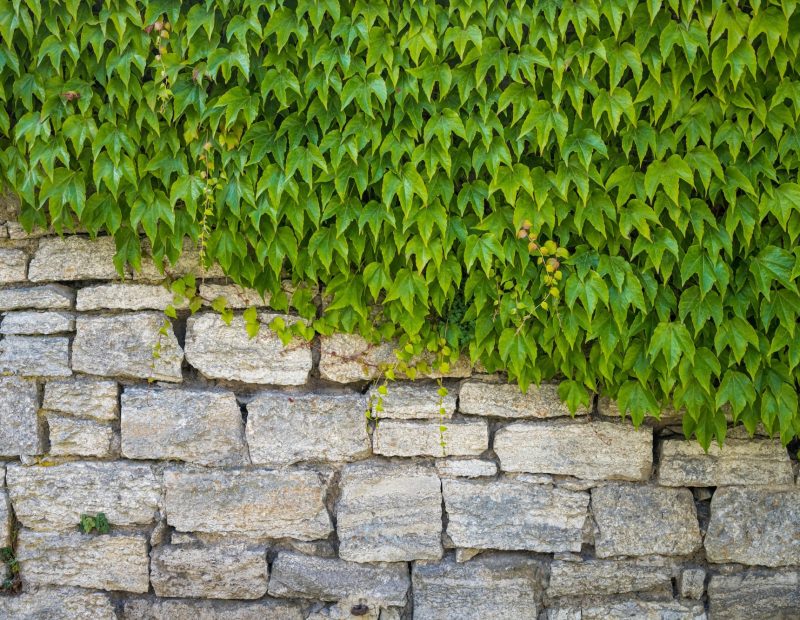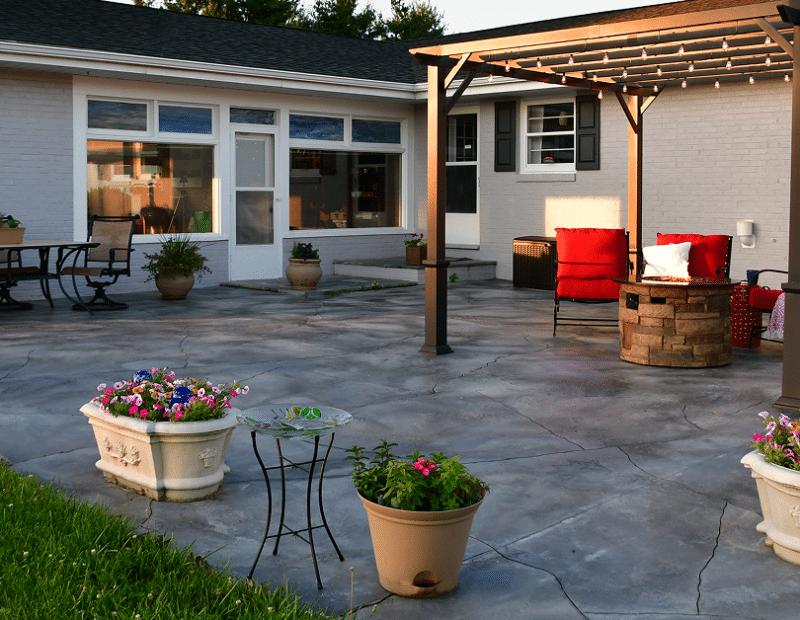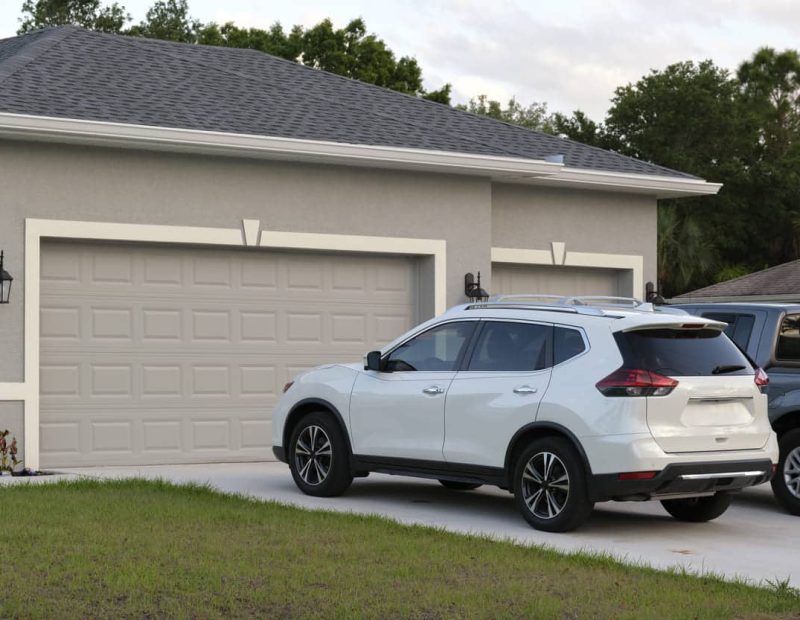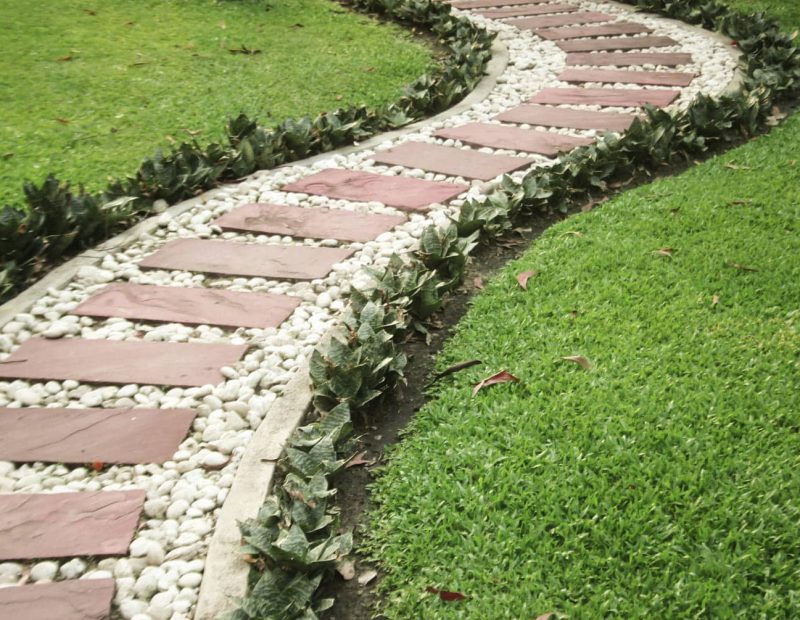Why Permeable Pavers Are a Growing Trend in Canada
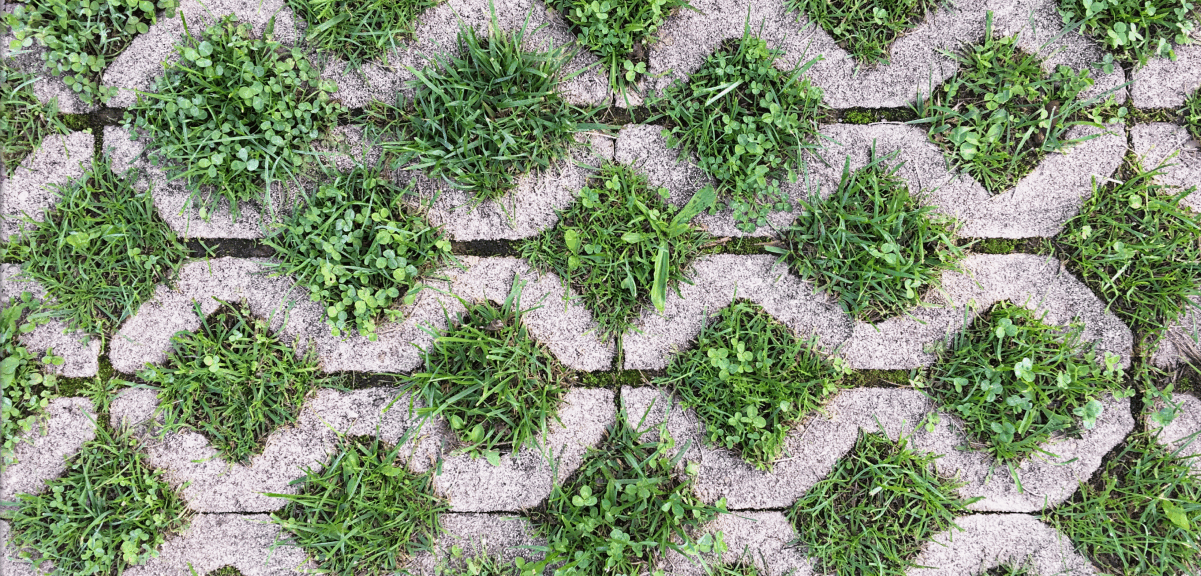
If your driveway or patio is covered with classic interlocking concrete pavers, it probably looks great and modern, but does it reflect today’s environmental trends? Permeable pavers, just as stylish as they are eco-friendly, give new meaning to the term “environmentally conscious.” But what’s all the buzz about? Are they really so good that they should be preferred over traditional alternatives?
Contents
Canada’s 2025 Trend
In Canada, provinces like Ontario and Prince Edward Island are investing heavily in environmentally sustainable projects in 2025, supported by federal funding. For instance, Prince Edward Island will receive $366 million over the next decade to implement eco-friendly infrastructure. Ottawa has introduced a special program called Rain Ready Ottawa, through which residents can get up to $5,000 for implementing proven rainwater management practices.
Other provinces are also following these new urban planning strategies, which could save billions of dollars. These changes have already had an impact and will continue to affect by-laws (such as the introduction of stormwater taxes) for public and residential landscaping in the very near future.
What Are Permeable Pavers and How Do They Help You?
At first, it might seem like paving stones wouldn’t have much to do with eco-friendly practices, but in fact, they play a major role.
Permeable pavers mimic the natural process that happens on the ground’s surface after rainfall. Thanks to their wider joints, water can flow through the gaps between the pavers and gradually soak into the soil. Here’s how the system works:
- Water passes through the joints of the permeable pavers;
- Fine aggregate layer (2.5–10 mm) filters out contaminants and debris from rainwater;
- Medium aggregate layer (5–28 mm) provides further filtration;
- Large aggregate base (40–80 mm) directs excess water into a drainage pipe;
- Geotextile filter fabric separates the base from the soil below while allowing water to pass through.
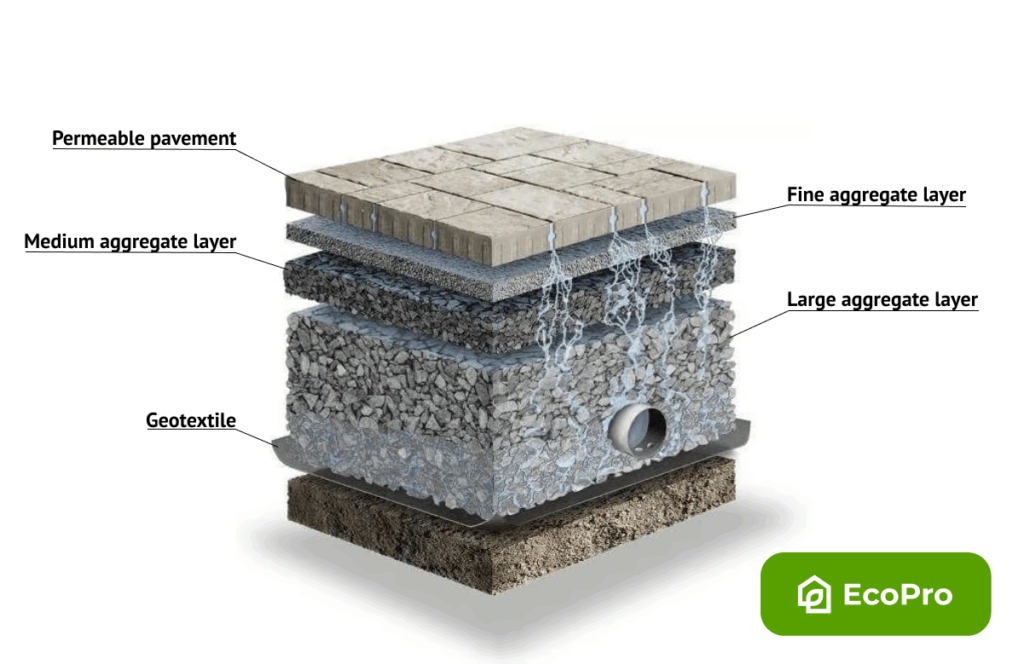
While technically most pavers let some water through, true permeability depends on factors like the base material, joint width, void ratio, and the type of joint filler used.
Thus, by using permeable pavers in your landscape design, you not only improve the look of your outdoor space but also contribute to sustainable water management.
The benefits of installing permeable pavement
Permeable pavement is truly an evolutionary solution in modern Canadian landscaping. By installing permeable pavers in your yard, you will enjoy a number of benefits:
- Highly durable surface capable of handling heavy loads and frequent traffic;
- Unique design with square or triangular shapes and versatile patterns;
- Built-in stormwater management without the need for extra drainage space;
- Additional support for plant roots, helping prevent soil erosion caused by dry or thinning grass.
With permeable pavers, you can say goodbye to flooding, puddles, and other issues caused by surface water buildup. They also lower the risk of slips and falls, and eliminate the need for salt to fight winter ice. Isn’t it wonderful to feel total peace of mind?
Environmental impact
One of the biggest advantages of permeable pavers is their positive impact on the environment. Here’s how they make a difference:
- Replenishment of groundwater reserves by allowing rainwater to soak into deeper layers of soil;
- Natural water purification from harmful substances and protection of local rivers, lakes, and streams from pollution;
- Cooling of urban areas during hot summers thanks to their low thermal mass;
- Reduced environmental impact through their composition — many permeable pavers are made with recycled plastic.
Numerous recent studies and scientific research back these benefits. For example, the Journal of Environmental Management highlights how effective permeable pavers are at reducing stormwater runoff. Similarly, a report from the US Environmental Protection Agency (EPA) emphasizes both their cost efficiency and environmental value.
Together, these results provide strong evidence of the many benefits permeable pavers bring, confirming their role as a key element in sustainable, green landscaping and urban planning.
Materials for Permeable Pavers
Permeable pavement can be built using a range of materials, each with its own aesthetic qualities and advantages:
- Concrete is a great option for strength and durability, able to handle heavy loads and high traffic;
- Permeable asphalt pavement combines the toughness of traditional asphalt with the added benefit of permeability;
- Gravel-based pavement with recycled plastic grids offers a versatile, organic aesthetic and is especially effective in areas prone to erosion;
- Grass paired with a grid system creates one of the most eco-friendly options, blending greenery with function.
You can also mix and match different materials to suit your space. For example, concrete or asphalt works best for driveways, while walkways or patios can be made from gravel or grass pavers for a softer, more organic feel.
Best Applications for Permeable Pavement
Nowadays, permeable pavers can be found everywhere, from residential yards to commercial areas. While they can be used in many settings, here are some of the most common:
Driveways and walkways
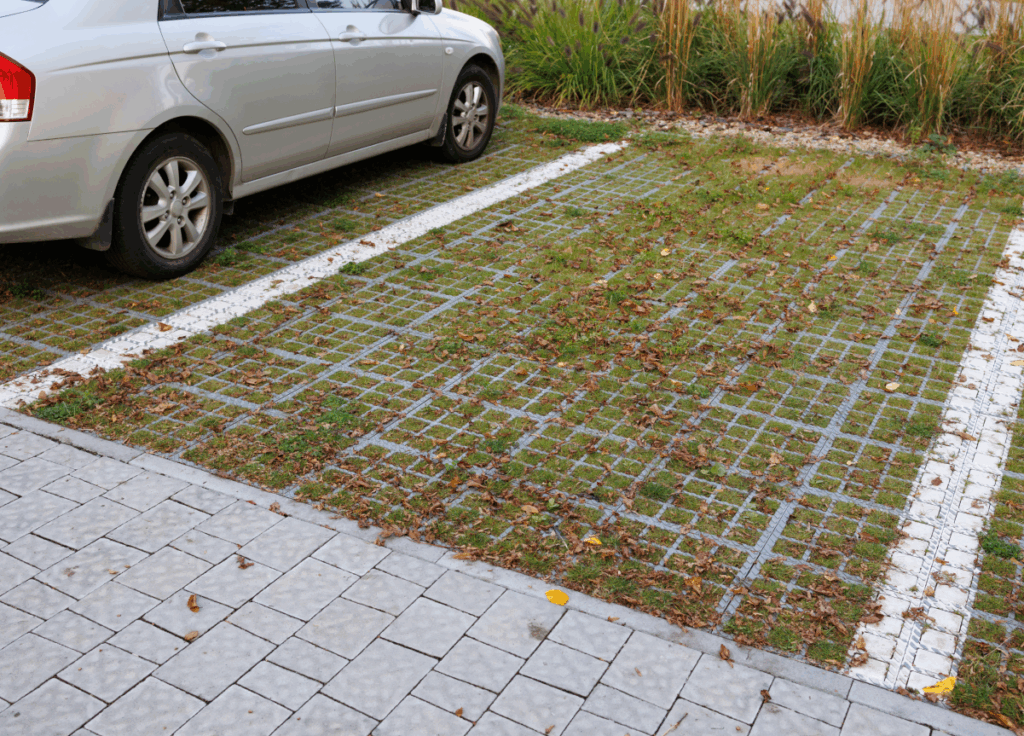
This is by far the most popular application. Permeable pavers are a great choice for homeowners who want an attractive, durable, and, most importantly, eco-friendly solution for covering driveways and walkways. They help manage rainwater runoff naturally while withstanding heavy traffic without rutting or puddling.
Patio and backyards
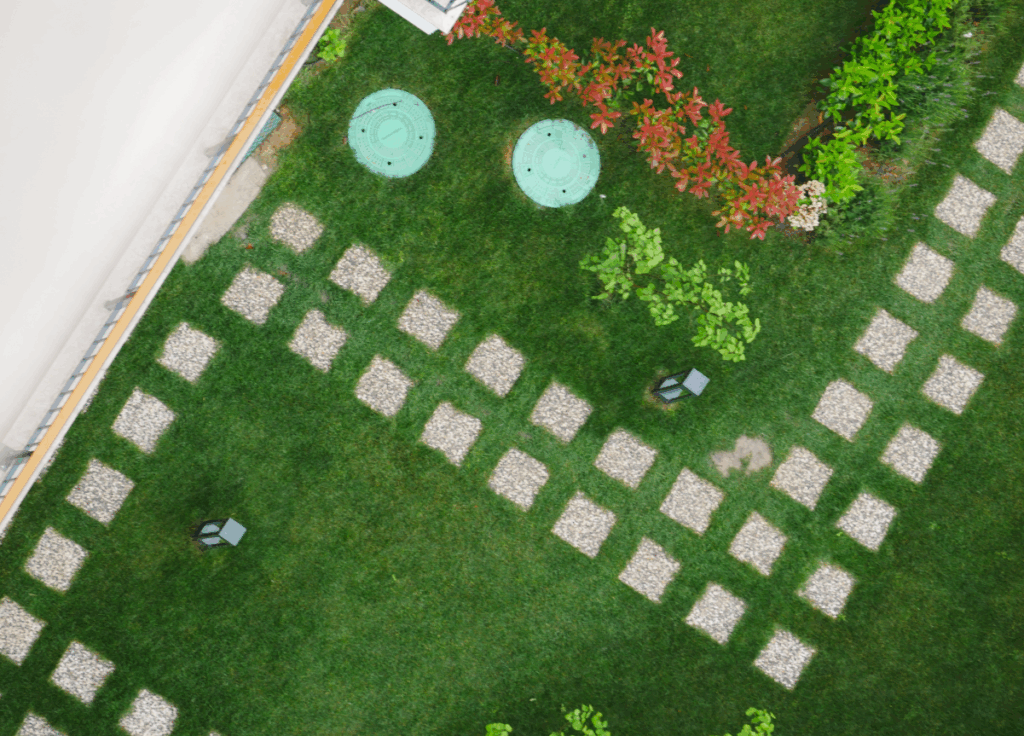
Dreaming of a lush green lawn without the mess of puddles? Grass-based permeable pavement with a grid system is the ideal choice for patios and backyards. Permeable pavers allow you to create beautiful, functional, and eco-friendly outdoor spaces that are perfect for putting greens or spending time with family and pets.
Parking lots
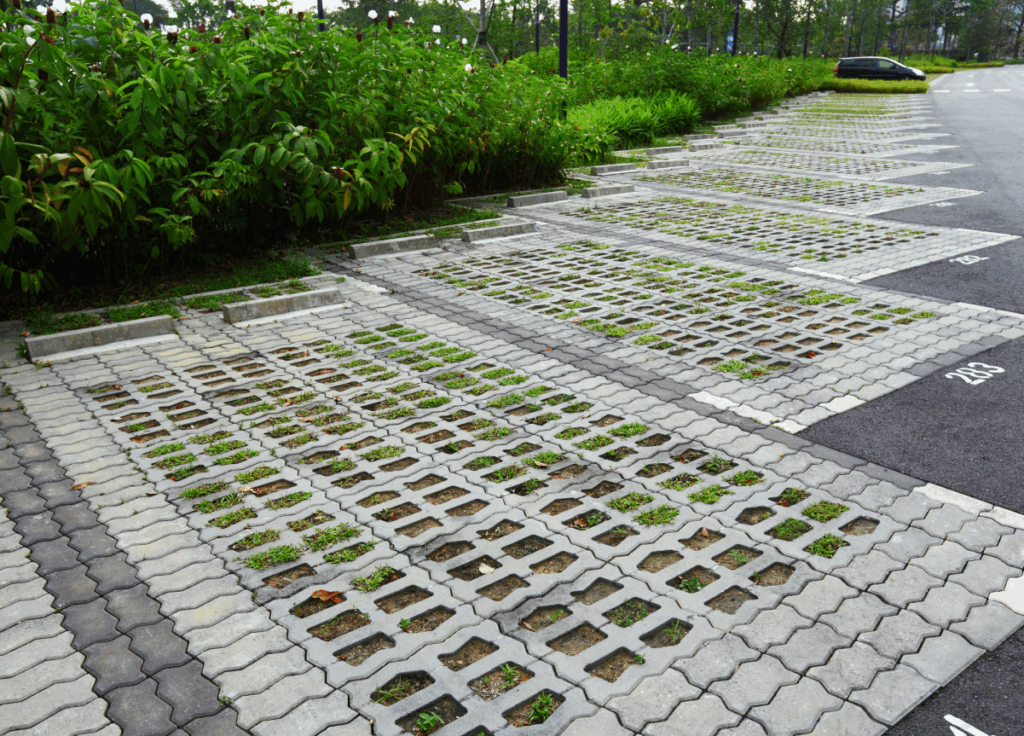
In commercial areas, parking lots are the very places that often face the problem of water accumulation during heavy rains. Permeable pavement not only solves this issue but also provides a durable, low-maintenance, and long-lasting surface that can handle heavy vehicle traffic.
Public parks and green spaces
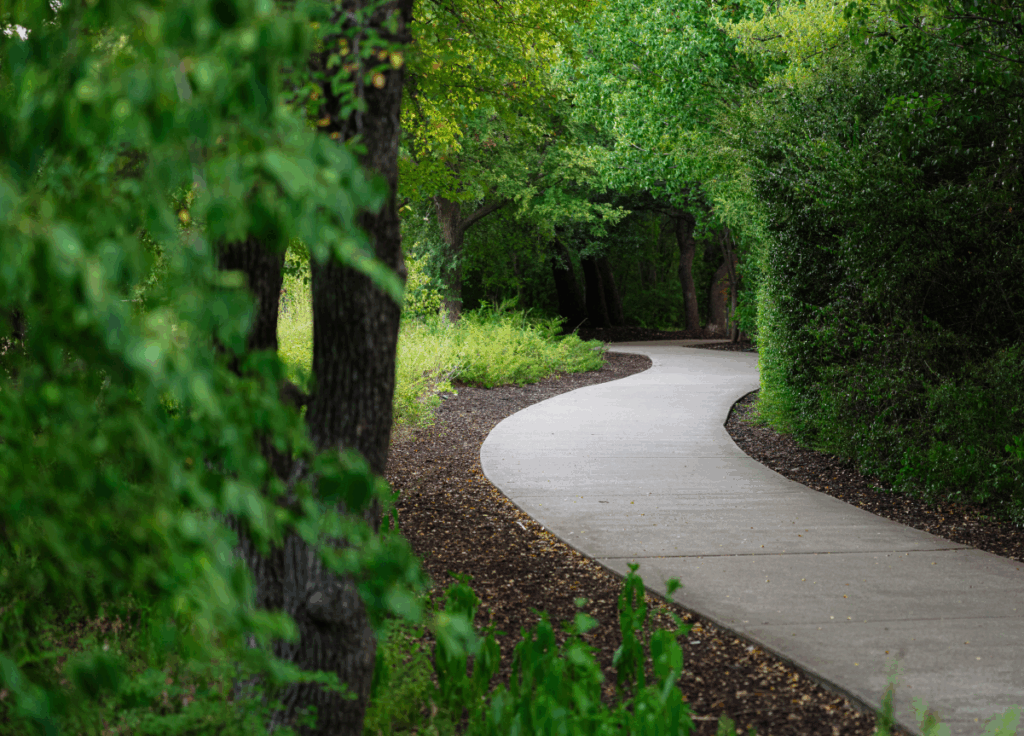
Public parks and green areas are natural hubs that concentrate all the most sustainable solutions, and permeable pavers are indispensable here. Permeable walkways are excellent at withstanding heavy foot traffic while maintaining the aesthetics of the lawn and helping to replenish groundwater reserves.
Each of these settings showcases how versatile and valuable permeable pavers are, making them a smart choice in a wide range of conditions.
Conclusion
Don’t wait to make a positive change. With EcoPro Home Services, you can meet your paving needs while doing your part for the environment. In 2025, sustainability and functionality go hand in hand, giving you the best eco-friendly solutions for your yard or commercial space. Together, we can help make our planet a little healthier.
Permeable Pavers FAQ
-
How much does permeable pavement cost?
Permeable pavement cost varies significantly depending on the materials used, the size of the area, and the complexity of the project. For a more accurate estimate or answers to other questions, feel free to reach out to us.
-
Are permeable pavers more expensive than regular ones?
In most cases, yes. Installing permeable pavers usually requires extra preparation work and materials, which makes them about 15–20% more expensive than standard pavers. But they also bring long-term savings by helping you avoid costly drainage issues down the road.
-
How can I maintain my permeable pavement?
Permeable pavers are easy and affordable to maintain. Regular cleaning is usually enough — use a garden hose or a leaf blower to clear away dirt and dry leaves.
If you notice that some of the gravel filling material has shifted over time, simply add the necessary material. And if a paver gets stained or damaged, you can replace it individually without disturbing the rest of the surface.

